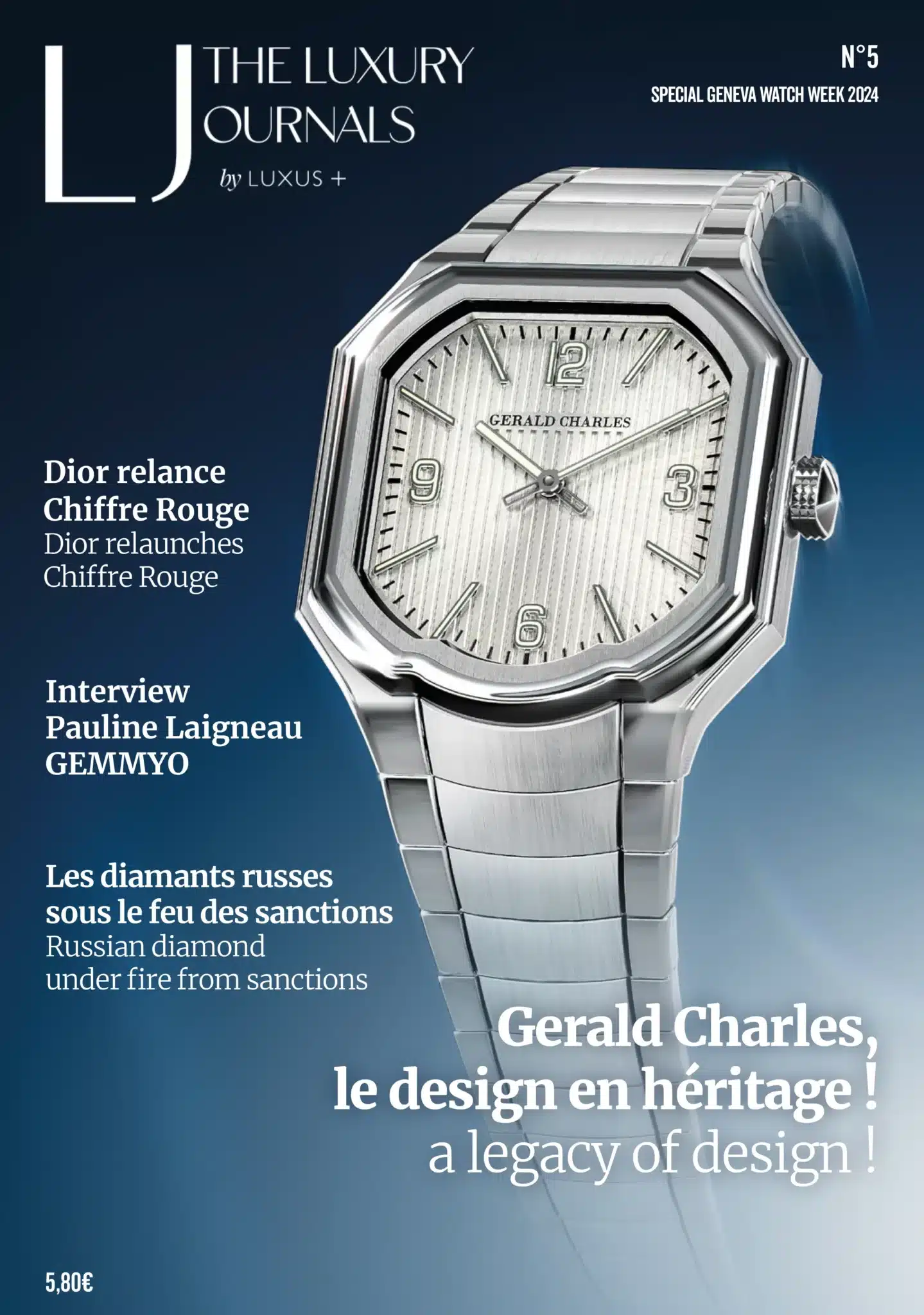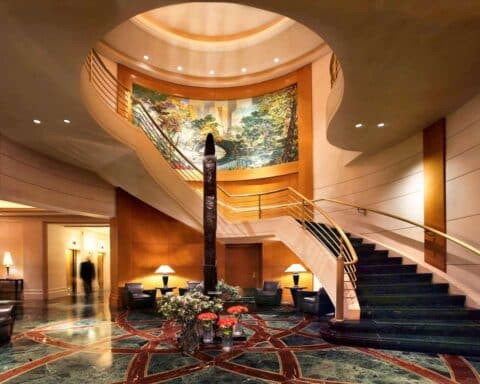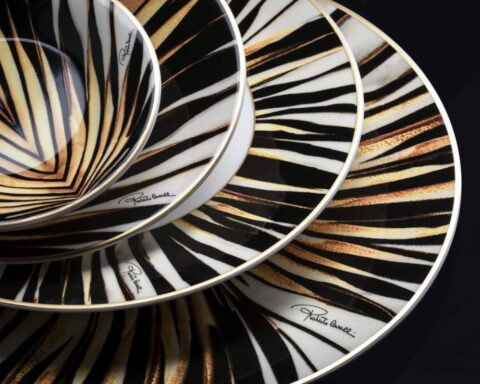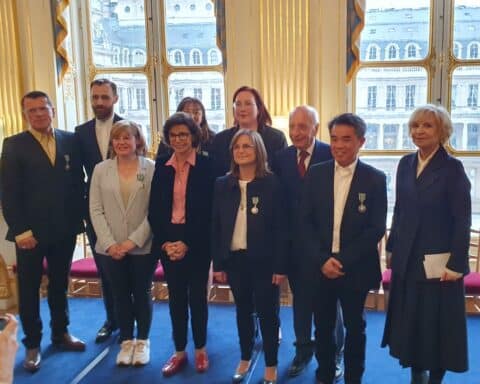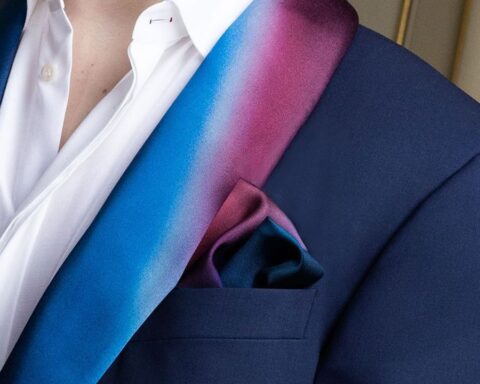At a time when the Russian-Ukrainian war has been going on for four months now, a new turn seems to be taking place around the issue of synthetic diamonds. While LVMH has just invested in a company manufacturing synthetic diamonds, the question arises about the future of Russia as a supplier of these gems, and also those natural.
Similar or even identical from a gemological point of view to its natural counterpart, synthetic diamonds are still struggling to seduce luxury jewelry and watchmaking houses. Despite a seemingly smaller ecological footprint, laboratory-made diamonds are just beginning to make a name for themselves.
Indeed, LVMH has long maintained that only natural diamonds were in the realm of luxury. But today, a new era of synthetic diamonds seems to be taking shape. The group’s investment arm, LVMH Luxury Ventures, along with other companies, has just closed a $90 million investment in Israeli company LUSIX, a pioneer in the laboratory-produced diamond sector.
Currently facing increasing demand for LGDs (Lab-Grown Diamond), the investment will fuel the company’s growth initiatives and production capacity. This includes the construction of a second state-of-the-art facility that will be powered exclusively by solar energy.
Synthetic diamonds’ growing place in the jewelry landscape
“We are delighted and proud to welcome such prestigious investors, including LVMH Luxury Ventures, who are providing financial support and valuable industry knowledge. Their help will greatly contribute to the success of our company as the implications of this investment for both LUSIX and the synthetic diamond segment are profound – and so exciting!” said Benny Landa, founder and president of LUSIX.
However, despite the recent excitement surrounding these new gems, the issue of LGDs competing with natural diamonds does not seem to be fully resolved. Frédéric Arnault, son of Bernard Arnault and head of the TAG Heuer brand, made it clear that “this is not about replacing traditional diamonds with laboratory-grown diamonds. […] We use what is different and inherent in this technology, which allows us to create new shapes and textures.”
But this vision is not reflected everywhere in the luxury sector. Courbet, a French jewelry house, has a somewhat different discourse than Arnault. “There is a new story to tell with a sustainable diamond,” it stresses.
The LVMH group has hope in this innovation, however, as synthetic diamonds are more environmentally friendly and renewable. The laboratory diamond industry is now estimated to be worth just under $6 billion, a figure that is expected to double in size by 2025.
Ukraine-Russia Conflict: Russian Diamond Supply in Question
Nevertheless, and not least in this regard, Russia has a rather important role in the manufacture and export of natural and synthetic diamonds.
Alrosa, a Russian state-owned diamond mining company, has succeeded in making Russia the world’s largest producer of natural diamonds and accounts for 10% of the world’s exports of laboratory manufactured diamonds. As a result, it is now necessary for many companies to find another country to source their diamonds from, one that offers a more ethical alternative to Russian diamonds.
Because of the abuses committed by Russia in Ukraine and their invasion of that country, many jewelry and watchmaking companies such as Courbet and Pandora are no longer relying on natural diamonds for their supplies but rather on synthetic diamonds.
Courbet said: “We are also used to working with American, Israeli and French laboratories.” The positioning of LVMH in laboratory-made diamonds is therefore strategically logical and a precursor of the future predominant place of synthetic diamonds in the world jewelry and watchmaking landscape.
Even if no official study really attests to the lesser ecological impact of laboratory-produced diamonds, it is now preferable for luxury brands to stop disfiguring landscapes and encourage diamond mining in order to promote a more sustainable industry.
Read also > WHAT IMPACT HAS THE UKRAINE-RUSSIA WAR HAD ON THE SUPPLY OF GOLD TO JEWELERS AND WATCHMAKERS?
Featured photo : © LUSIX


